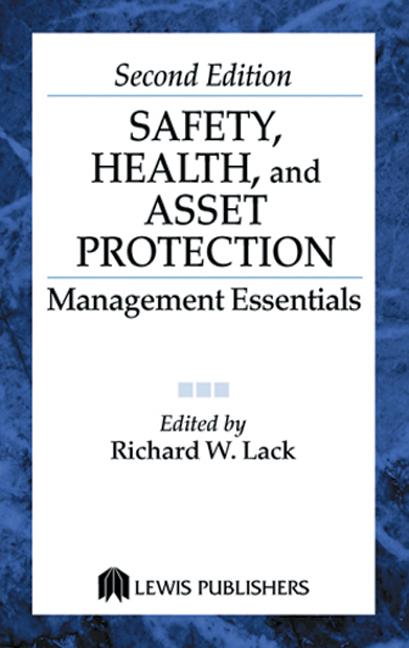 Influenza activity continues to increase in the United States and most of the country is now experiencing high levels of influenza-like-illness (ILI), according to the Center for Disease Control and Prevention's (CDC) latest FluView report. “Reports of influenza-like-illness (ILI) are nearing what have been peak levels during moderately severe seasons,” according to Dr. Joe Bresee, Chief of the Epidemiology and Prevention Branch in CDC’s Influenza Division.
Influenza activity continues to increase in the United States and most of the country is now experiencing high levels of influenza-like-illness (ILI), according to the Center for Disease Control and Prevention's (CDC) latest FluView report. “Reports of influenza-like-illness (ILI) are nearing what have been peak levels during moderately severe seasons,” according to Dr. Joe Bresee, Chief of the Epidemiology and Prevention Branch in CDC’s Influenza Division.
The CDC continues to recommend influenza vaccination and antiviral treatment when appropriate.
“While we can’t say for certain how severe this season will be, we can say that a lot of people are getting sick with influenza and we are getting reports of severe illness and hospitalizations,” says Bresee.
“Anyone who has not already been vaccinated should do so now,” Bresee says. “And it’s important to remember that people who have severe influenza illness, or who are at high risk of serious influenza-related complications, should get treated with influenza antiviral medications if they get flu symptoms regardless of whether or not they got vaccinated. Also, you don’t need to wait for a positive laboratory test to start taking antivirals.”
Number of flu cases climbing sharply
CDC tracks influenza activity year-round and publishes a report weekly on Fridays. According to this surveillance, the proportion of people seeing their health care provider for ILI in the United States has climbed sharply from 2.8% to 5.6% during during the past four weeks. Last season, which was relatively mild, ILI peaked at 2.2 percent. During the 2009 H1N1 pandemic, ILI peaked at 7.7%.
Health experts expect flu season to continue for some time.
Twenty-nine states and New York City are now reporting high levels of influenza-like-illness (ILI) and another 9 states are reporting moderate levels of ILI. Ten states are still reporting low or minimal ILI. (These are California, Connecticut, Hawaii, Kentucky, Maine, Montana, Nevada, New Hampshire, South Dakota and Wisconsin). The District of Columbia and 2 states did not have enough information to calculate an activity level.
The CDC has received reports of 18 influenze-associated pediatric deaths this season. More information about reported pediatric deaths is available at the Influenza-Associated Pediatric Mortality web application.
What makes this season more severe
One factor that may indicate increased severity this season is that the predominant circulating type of influenza virus is influenza A (H3N2) viruses, which account for about 76 percent of the viruses reported. Bresee explains “typically ‘H3N2 seasons’ have been more severe, with higher numbers of hospitalizations and deaths, but we will have to see how the season plays out.”
So far this season, most (91%) of the influenza viruses that have been analyzed at CDC are like the viruses included in the 2012-2013 influenza vaccine. The match between the vaccine virus and circulating viruses is one factor that impacts how well the vaccine works. But Bresee cautions that other factors are involved.
“While influenza vaccination offers the best protection we have against influenza, it's still possible that some people may become ill despite being vaccinated,” says Bresee. “Health care providers and the public should remember that influenza antiviral medications are a second line of defense against influenza.” (For more information about why people may become sick with influenza after vaccination, see 2012-2013 season Questions and Answers.)
CDC has recommendations on the use of antiviral medications (sold commercially as “Tamiflu®” and “Relenza®”) to treat influenza illness. Antiviral treatment, started as early as possible after becoming ill, is recommended for any patients with confirmed or suspected influenza who are hospitalized, seriously ill, or ill and at high risk of serious influenza-related complications, including young children, people 65 and older, people with certain underlying medical conditions and pregnant women. Treatment should begin as soon as influenza is suspected, regardless of vaccination status or rapid test results and should not be delayed for confirmatory testing.


